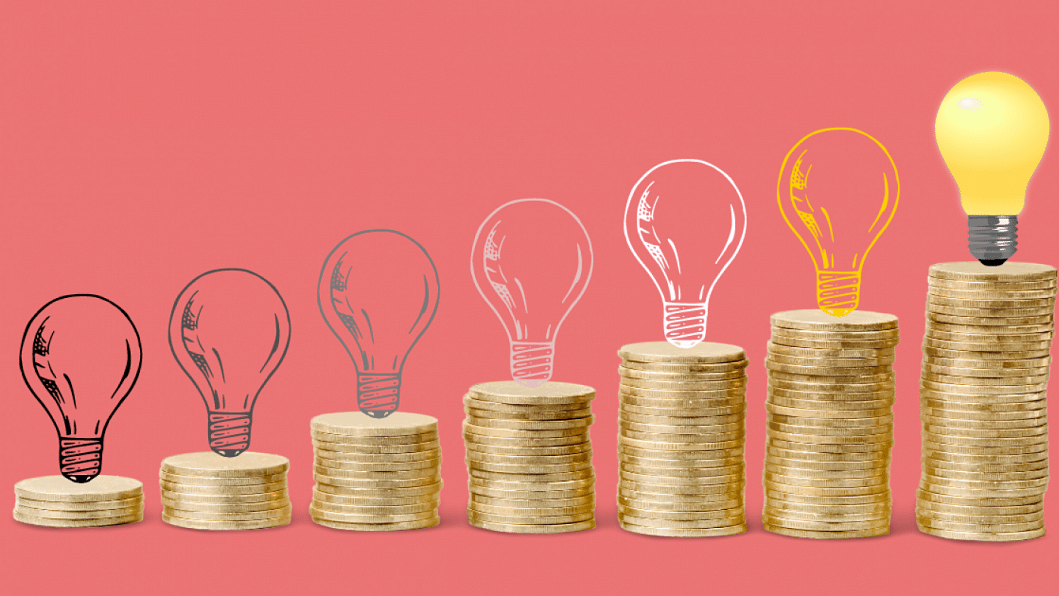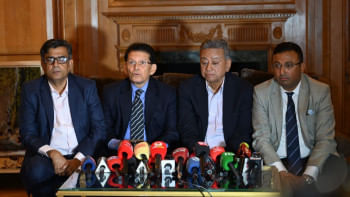Why is green finance not taking ground in Bangladesh?

Greening the economy is a prerequisite for attaining sustainable development goals (SDGs). Transitioning to a green economy requires large-scale investment, with a principal role for the government to build enabling environment for private sector financial institutions to scale up green investments. As such, many countries established clear guidelines and mandatory regulations to direct public and private financing towards green products and projects, offering an encouraging atmosphere for domestic financial institutions.
Similarly, the Bangladesh Bank has already moulded policy guidelines to boost green finance and sustainable finance. Bangladesh Bank set a minimum target of 5 percent green finance attainment for every bank and non-bank financial institution (NBFI) working in Bangladesh. Central Bank data shows Tk 7,340 crore has been disbursed as green finance in 2021 by all banks and NBFIs, which is merely 3 percent of the total term-loan disbursement of that year. Bangladesh Bank calculates green finance based on the term loan disbursement only. As per the green finance taxonomy of Bangladesh Bank, there are 68 green products. If any of those products are financed in a term-loan structure, it is considered green finance. Bangladesh Bank has also introduced three refinance schemes for green products which offer lower interest rates and higher tenors.
Despite the significant policy initiatives from the Sustainable Finance Department of Bangladesh Bank, green finance is still at a very early stage in Bangladesh. Consequently, only green debt financing is slowly taking ground in the nation.
However, financial actors other than the banking industry (banks and NBFIs) are not subject to regulations set by the Bangladesh Bank. Globally, alternative investments such as impact investors, venture capital (VC) funds, and private equity funds are the primary sources of financing green projects because of their attributes. Alternative investments typically have a long lock-in period, which aligns well with the appetite for green projects. Those alternative financiers have the potential to add value by providing specialised knowledge, industry connections, or management skills; therefore, carrying additional benefits to the financial contribution. Although the government is encouraging overseas impact investors by reducing stamp duties since the introduction of Alternative Investment Rules in 2015, the number of overseas impact investors operating in Bangladesh is still very low in number.
Since the formulation of the Bangladesh Impact Investment Strategy Action Plan, no significant changes have yet been visible in the market of alternative investments. To scale up green finance and meet the financing gap for sustainable development, the alternative investment market needs to be vibrant alongside the green debt financing of the banking industry.
As per the green finance taxonomy of Bangladesh Bank, there are 68 green products. If any of those products are financed in a term-loan structure, it is considered green finance. Bangladesh Bank has also introduced three refinance schemes for green products which offer lower interest rates and higher tenors.
In a developing economy like Bangladesh, the entrepreneurs of green projects expect soft loans or low-cost funds from the funding agency. The soft loan means funding with a lower interest rate, longer tenure, and higher grace period. The banking industry of Bangladesh uses low-cost refinance facilities of the Bangladesh Bank to finance green projects, which is inadequate considering the demand in the market. Other than refinance facilities, the banking industry uses depositors' money for financing green projects which incurs higher interest rates at the borrower's end due to the high cost of funds. Alongside the high cost of funds, another challenge the banking industry encounters in financing green projects is the maturity mismatch because of the long-term nature of green projects.
Bangladesh is now the 35th largest economy in the world and experiencing higher GDP growth. To match the speed of the current economic growth, a considerable amount of green funds need to be mobilised. Foreign development partners (DFIs) and multilateral development banks (MDBs) can play a catalysing role in mobilising green finance together with the Bangladesh Bank and other regulators. DFI can provide low-cost green funds to commercial banks directly in order to finance green projects. As a result, the banking industry will be able to offer lower-interest loans to green projects using the low-cost fund from the DFIs instead of using depositors' money. The Green Climate Fund (GCF) could be a potential source of green funds for commercial banks.
Although the banking industry is the leading source of green financing in Bangladesh so far, the scalability of green projects has always been a challenge for banks and NBFIs. Generally, small-scale green projects lack proper documents as required by financial institutions for their due diligence. Besides, small-scale green projects do not have enough capacity to prepare high-quality project proposals in line with banking industry requirements. In some cases, small-scale green projects are unable to utilise funds within the prescribed timeframe. In these circumstances, a blended mode of financing is a suitable financing model for small-scale green projects where impact investors, NGOs, DFIs, the government, and the banking industry can work jointly. In many parts of the world, the blended finance model has proven effective for small-scale restoration and other environment-friendly projects.
The government alone cannot support the green economic transition of Bangladesh. Similarly, the banking industry alone is unable to meet the high demand for green finance. A joint effort from the foreign development finance institutions, multilateral development banks, impact investors, venture capital, private equity funds, green bond market, NGOs together with the banking industry can take green finance to the next level.
Another barrier to growth of green projects is the additional cost due to extra requirement for monitoring, verification, and reporting on Environmental Social Governance (ESG) compliance compared to orthodox projects, which often discourages entrepreneurs. Tax subsidies, or any other monetary incentives along with other regulatory support will motivate entrepreneurs to move towards green projects.
Karimul Tuhin is an environmental economist and green finance professional.

 For all latest news, follow The Daily Star's Google News channel.
For all latest news, follow The Daily Star's Google News channel. 










Comments